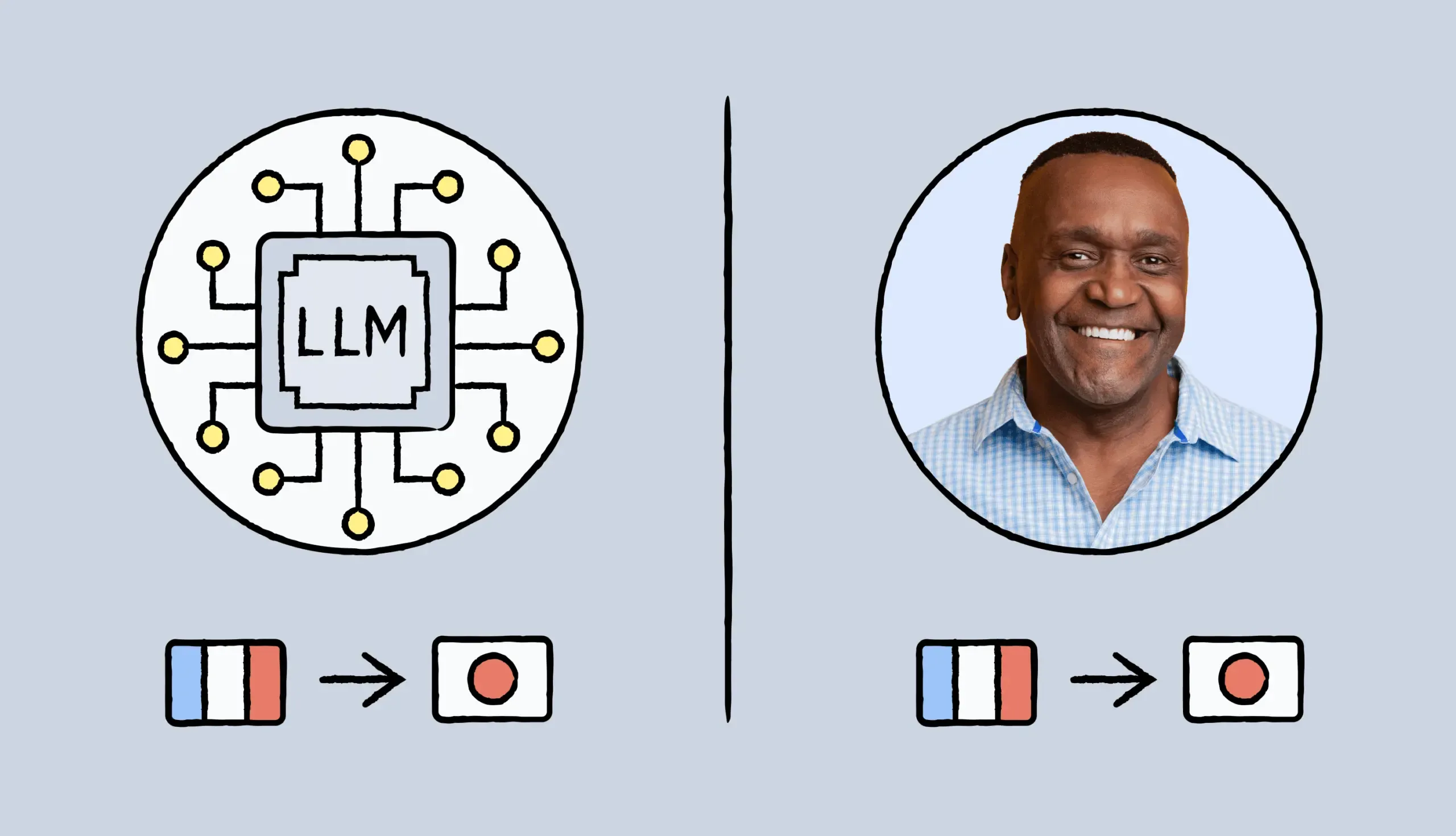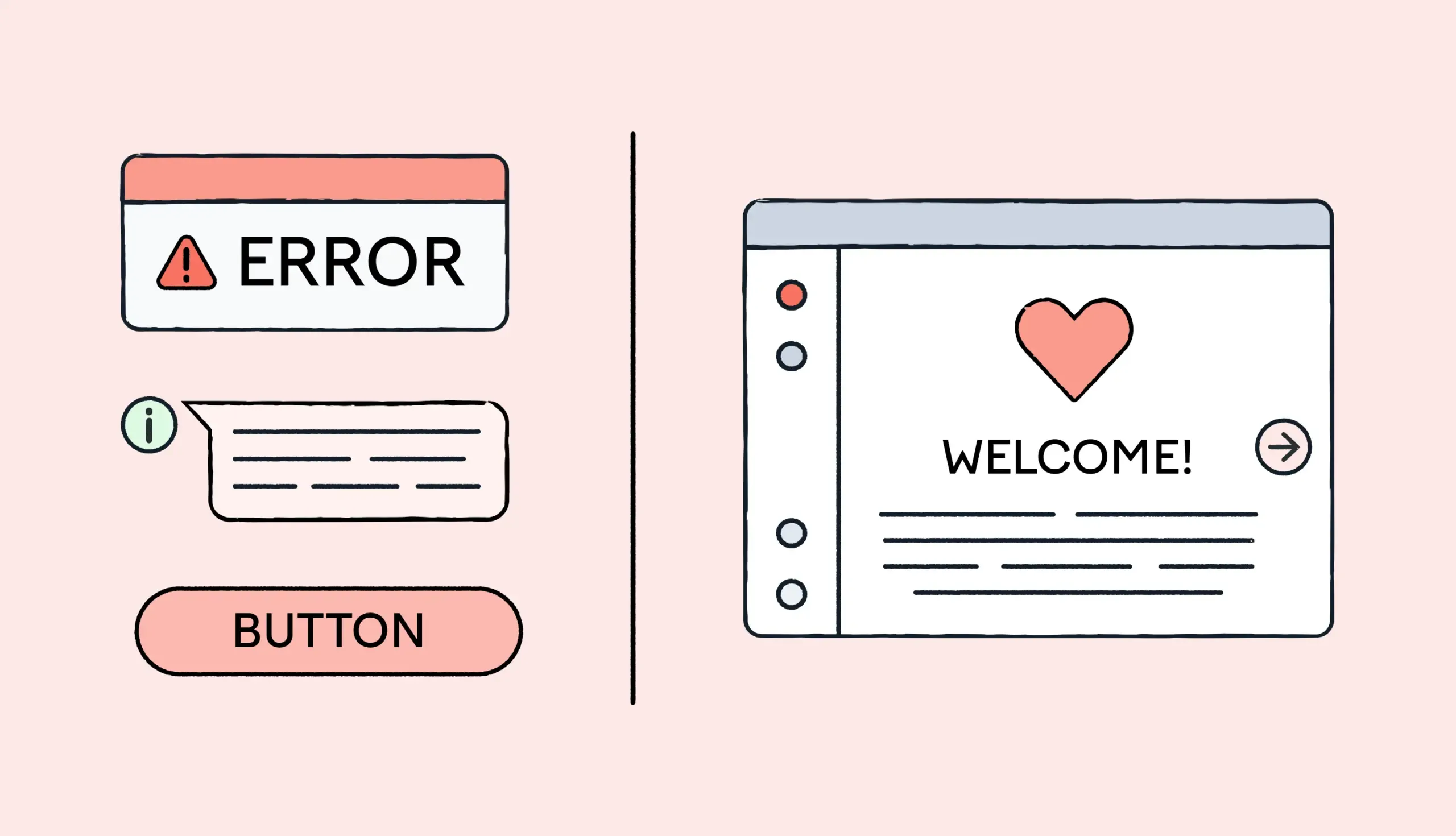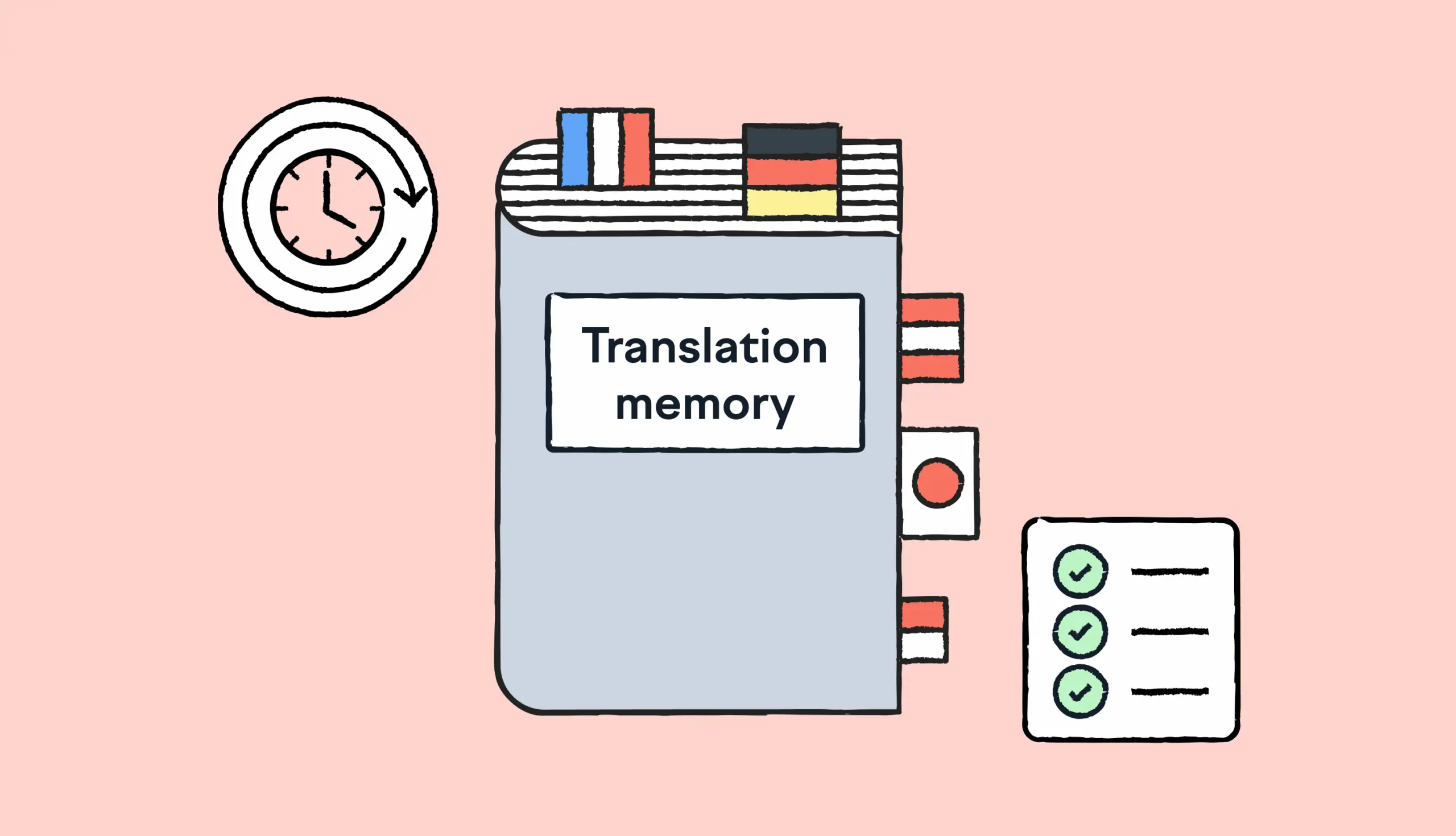Content complexity
Simple, declarative sentences are easier for LLMs to translate. But complex or technical content are more challenging.
- Long, nested sentences can confuse the LLM
- Industry jargon or abbreviations can also be confusing
- Creative or idiomatic phrases often get flattened or over-literal when translated
In fact, the more specialized or creative the content is, the more likely you’ll need a human translator (or at least a second pair of eyes for post-editing and quality assurance).
Real-world examples: where LLMs get it right (and wrong)
LLMs can produce fast, fluent translations, but they don’t always get the right meaning across.
Here are some real-world examples that show both the strengths and blind spots of LLMs when translating into or from German.
Examples where LLM gets translations right
Straightforward content
- Original (English): You can update your password anytime in your account settings.
- LLM output (German): Sie können Ihr Passwort jederzeit in den Kontoeinstellungen aktualisieren.
Translation is clear, correct, and sounds natural to a native speaker. There’s no need for post-editing at all.
Short UI strings
- Original (English): Cancel / Next steps / Save changes
- LLM output (German): Abbrechen / Nächster Schritt / Änderungen speichern
Standard translation, clear and accurate, and consistent with the UX.
Product explanation
- Original (English): Our tool helps teams collaborate faster and manage content at scale.
- LLM output (German): Unser Tool hilft Teams, schneller zusammenzuarbeiten und Inhalte in großem Umfang zu verwalten.
Matches tone and intent, accurate, nothing gets lost in translation.
Examples where LLM gets translations wrong
Literal translation of idioms
- Original (English): We’ve got your back.
- LLM output (German): Wir haben deinen Rücken.
Here, the LLM translation doesn’t make any sense. A human would say something like Du kannst dich auf uns verlassen which translates to You can count on us; even though in this case, the translation is not literal, it still conveys the meaning.
Misinterpretation of source text
- Original (English): The actual numbers were lower than expected.
- LLM output (German): Die aktuellen Zahlen waren niedriger als erwartet.
If there’s ambiguity involved, LLMs might struggle. In this example, aktuell means current, not actual. The correct word in German would be tatsächlichen.
Complex sentence structure
- Original (English): I know that the update will be ready tomorrow.
- LLM output (German): Ich weiß, dass das Update wird morgen bereit sein.
Here, the word order is incorrect in the subordinate clause. In German, the verb goes at the end in sentences like this. So, if we want to follow proper German sentence structure and make sure the translation sounds natural, it would go like this: Ich weiß, dass das Update morgen bereit sein wird.
As you can see, human oversight is still very much needed.
Common mistakes LLMs make in translation
Even when the output sounds fluent, LLMs can make subtle translation mistakes that can sometimes be very serious. The most common ones include over-literal translations, wrong word choice because of ambiguity in meaning, tone mismatch, and hallucinations.
- Over-literal translations: LLMs sometimes stick too closely to the source text, especially when dealing with idioms or expressions
- Wrong word choice: When a word has multiple meanings, LLMs can pick the wrong one if context is missing or unclear
- Tone mismatch: LLMs may translate the content correctly but miss the intended tone
- Hallucinations: LLMs can “hallucinate” and generate text that sounds plausible but wasn’t in the source (this is rare with direct sentence-level translation, but it still happens)
These errors don’t always stand out at first glance, so it’s useful to be aware of them in advance.





